Outside, the wind is blowing harshly and the temperature is freezing. I am sitting in front of the fireplace with my laptop at hand and a small piece of dark chocolate melting in my mouth. As I see the flames trembling, sending out waves of warmth, it seems just the right time for yet another board game review. “Scythe” is the game I’ve spent many hours playing in the past few weeks, a popular game that reached fame early on, after one of the most successful board game kickstarter campaigns ever. The game raised about 1.8 million dollars in 23 days and was backed by 17,739 backers. With such an impressive score, one only has to wonder: Is it worth the hype?
The era is somewhere in the 20’s in an alternate history Eastern Europe (or “Europa”) trying to be reborn from its ashes after the Great War. A mysterious city-state called “The Factory” fuelled the war with giant mechs. What? Mechs? In the 20’s? No, it’s not ordinary 20’s but a world that seems to have jumped out of a “Twilight Zone” episode where giant mechs move beside tired soldiers and farmers. Now that the war is over and the Factory has closed its gates, all factions in the area become interested in the surrounding lands trying to be the new rulers.
Scythe is a strategy game for 1 to 5 players and will take about 2 hours from your free time to conclude. Each player takes on the role of one of five factions, each one represented by its unique leader that the designers have supplied with a unique, personal background story. For instance, Bjorn was saved by a kind muskox, Mox, which then became his companion on numerous adventures. Νow the King have sent Bjorn and Mox to add new villages and farms to the kingdom either by force or by diplomacy as well as to explore the Factory.
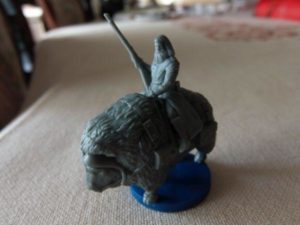
Scythe is a multi-layered game and it is labelled as a 4X game which means: Explore, Expand, Exploit, Exterminate, a definition that is accurate in every way. The game features a huge map (it can become even bigger if you buy the game board extension here) that depicts the lands surrounding the Factory. The different territories are represented by hexes which produce a resource: either food, iron, oil, wood or workers. Although all territories are known from the start of the game, some of them hide encounters for the brave characters that choose to visit them and no one knows what’s hidden in the Factory, thus the element of exploration. Each faction starts off on its own corner of the map, a peninsula with a home base connected to two territories and surrounded by rivers or lakes. Considering the fact that units can’t move across rivers or onto lakes, each faction is confined to an isolated area at the start of the game. Later on, mech abilities that allow movement through water can be unlocked. By moving units in unoccupied areas or conquering lands belonging to opponents, players have the ability to expand their area of control. The term “exploit” applies in Scythe because there are resources that are gathered and used and the term “exterminate” applies because players can attack each other to gain control of territories and resources.
At the start of the game, you control only your character and two workers. Gradually you can deploy up to four mechs and six workers.
During setup, each player receives, randomly, mats of two kinds and places them in front of him: The faction mat and the player mat. The faction mat is where mechs not yet deployed are placed and it also features various bonuses and start-up parameters.
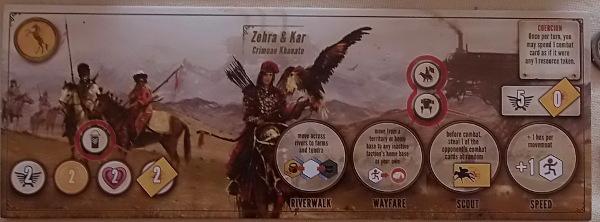
The player mats all list five sets of actions, laid out in two rows. All mats display the same actions, however the combinations of top and bottom row actions are different and the bottom row actions have different costs and benefits. Each player on his turn must choose a section of his player mat (different than the last one chosen) and then perform the top-row action, the bottom-row action or both. Top-row actions may be: movement of units from one territory to another, increase of power or acquisition of combat cards, acquirement of resources or increase of popularity and production of resources/workers. Bottom row actions include building structures, upgrading, enlisting recruits and deploying mechs. There are five different factions and five different player mats, so there is huge variety of combinations of the two mats that create unique circumstances each time you play.
Combat is initiated when combat units (characters or mechs) move onto a territory, occupied by an opponent’s combat units. Combat is resolved by making a double decision: how much of your power and how many and which combat cards you will use. Each player secretly chooses these options using a power dial and then they simultaneously reveal the dials and combat is resolved. The winner may place a star on the Triumph track, if it is the first or second combat he wins. The winner gains control of any resources present on the territory hex where the battle took place.
Each player receives two objective cards at start-up and can fulfil one of them to earn a star.
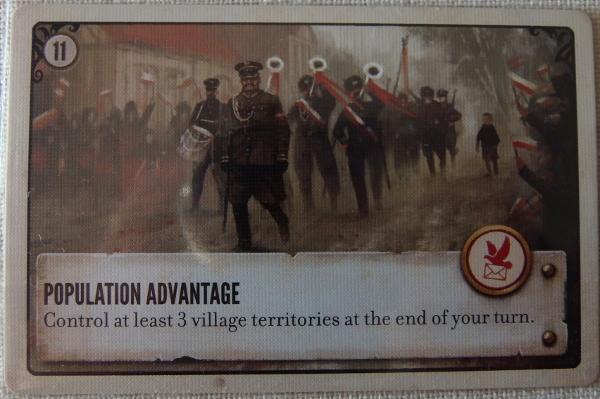
Whenever a player’s character finishes his move in a territory with an encounter token on it, he draws an encounter card. This card depicts a certain situation and the player who drew it must choose how to react to it, having three options. With the first one, the player reacts in a friendly way which earns him popularity while the second one is kind of neutral. By choosing the third option, the player behaves badly to the people he encountered, losing popularity but gaining another benefit.
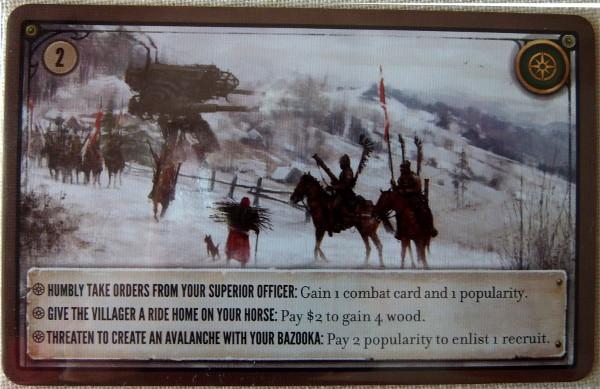
The Factory is a special territory in the game. Whenever a player captures it, he may look at the Factory cards available (at the start of the game a number of Factory cards is chosen randomly, equal to the number of players plus one) and choose one to keep. This is a special action that is put next to the player mat and the player can choose it like any other action. Moreover, whoever controls the Factory at the time the game ends, gains triple points for it.
The goal of the game is to have the greatest fortune at the end of the game. As the game progresses, players place stars as achievements on the Triumph track on the board and the game ends when someone places his sixth star on the track. Stars can be earned in nine different ways namely, by:
- completing all upgrades
- deploying all mechs
- building all 4 structures
- enlisting all 4 recruits
- having all 8 workers on the board
- completing an objective card
- winning up to two combats
- reaching 18 popularity
- reaching 16 power
After a player has placed his sixth star on the Triumph track, the game immediately ends and end-game coins are added to each player’s fortune. Coins are awarded for the number of stars a player has placed, the number of territories he controls and for every two resources owned. There is also a structure bonus awarded if you manage to build your structures according to the structure bonus tile that has been used in the game. Coins you have earned during the game also count for the final scoring.

Now let’s see how the game scores in our usual scoring categories:
Components:
Scythe comes in a rather large and really heavy box. It’s one of the heavier board games I own, literally. By taking the box in my hands, a warm feeling immediately overcame me. What wonderful components were waiting inside? Would they be as pretty as the cover box? Upon opening the box, the first things you see are dozens of plastic bags, containing wooden pieces like stars, workers, structures, etc and wooden resources. Beneath them is a special case containing miniatures of mechs and characters. There are also many cards of various sizes, as well as player and faction maps and two power dials. And of course our favourite punchboards are there with coins and various tokens. There are really so many components in Scythe that I spent more than a few minutes just to observe each one of them.
I couldn’t start anywhere else than by making a special mention for Scythe’s artwork. Jakub Rozalski, the artist of the game, has created such an impressive body of work here that it immediately catches your eye, gets in your mind and stays there. By looking at Scythe’s images I initially had the feeling that what impressed me the most about them was the artistic style. Later on and after studying the images more closely, I realised it was the way the game’s theme was depicted in the pictures that really fascinated me. There is a huge antithesis hiding in almost every image. We see a peaceful scenery of Eastern Europa with farmers or retired soldiers as the main theme, and suddenly we notice a giant mech in the background. However it is so seamlessly incorporated to the image that it makes its presence even more daunting in a strange way. These images are present, apart from the cover box, on encounter cards, player mats and objective cards and create a unique feel of the game’s world.
There are two rulebooks included in the box, one for regular play and one special for solo play. Both are made of thick, glossy paper, are very elegantly designed and well-written. I really like the designer’s notes that are included in the main rulebook where we get an insight on the philosophy of the game design and the reasons behind certain design choices. This is something we don’t see often in rulebooks but which I found very interesting to read. In the box is also included an achievement sheet with twelve different achievements. The first players from each faction who achieve these goals have the chance to write their name there and enter the hall of fame of their circle of gaming friends. I find that is a great way to give an incentive to people to play more games in order to achieve the different goals.
The cards of the game feature great artwork, as I mentioned before, are of great quality and vary in sizes.
The gameboard is very big, 624x818mm, and it can grow to 818x936mm with the game board extension. Its artwork is once again great, with many easter eggs hiding there if you look closely enough (I won’t spoil the surprises though!). The only downside I found about the board is that, due to its weight, it must be handled very carefully because it’s easy for it to be torn along the edges that fold. You must always hold the board carefully with two hands when unfolding it.
Money of the game come to denominations of 1, 3, 5, 10, and 20 and is made of thick cardboard. For the game enthusiasts, there is also an option to buy special metal coins to enhance the overall experience of the game. You can buy these here. The rest of the components (workers, resources, stars, tokens) are all made of wood except mech and character miniatures which are made of plastic. Workers and mechs have different looks for each faction, which enhances immersion in the game’s theme.
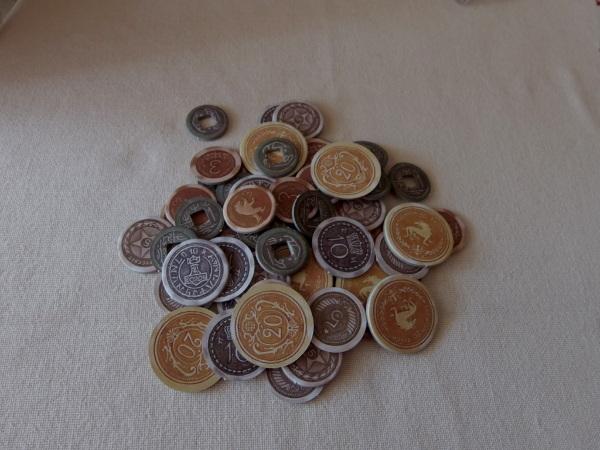
All in all, the components of Scythe leave nothing more to be desired. 9/10
Gameplay:
The strong point of every serious board game and the aspect all gamers value the most, is gameplay. Scythe is a game with many aspects. It involves resource management, exploration, combat and area control. What I like the most about its gameplay, is that it is quite easy to learn and quite difficult to master. All that you have to do in the game is choose a section on your player mat and execute its one or two actions. With such a flat choice, one could think that the game is not deep enough but in reality, this choice is not easy at all and must be done after careful thinking. You must always have a plan in your mind, just like in chess, and if something goes wrong, you must be able to adapt to the circumstances. Things are moving fast in this game and there is limited space for mistakes. A single choice of action may leave you significantly behind in your goals if it’s not the right choice for the moment.
The only way players can interact with each other in Scythe, is combat. The amount of combat in the game is restricted, not by any rules but by the way the game is designed. Winning one or two battles is a rather easy way to earn a star or two but there is no real benefit from attacking your opponents constantly. Instead you are discouraged from getting involved in many battles as that costs power. As in real war, making many battles, makes you weak and vulnerable to attacks. At most times, you will be boosting your power just to discourage opponents from attacking you especially if you are going for the star earned when reaching 16 power. This way the game achieves balance and becomes attractive to both gamers that don’t like direct conflict and those who do. Combat is also restricted by the map design, as each faction starts out in each own corner of the map on a peninsula, which is land surrounded by lakes or rivers that can’t be crossed. Players must unlock the riverwalk ability of mechs in order to be able to cross the river. Meanwhile they have the chance to develop their economy and strengthen their army, this way having the same chances in battles. I also liked the way battles are resolved and the control that players have of the outcome. In many games, the outcome of a battle is decided by throwing dice but this is not the case in Scythe. Players choose if and when they will increase their power, develop mechs and whether they will group or not combat units. Remember that the amount of combat cards you can use in battles depends on the number of combat units present on the territory where the battle takes place. During the actual battle, players choose how much power to spend and how many combat cards to use, so there is pretty much control of the battle’s outcome.
The player mats deserve a special mention, because of the intuitive and clever way they have been designed, having special slots to accommodate structures, workers as well as the recruit tokens and technology cubes. For example, when you decide to enlist a new recruit, you can choose which ongoing and instant bonus he will give you and when upgrading you can choose a bottom-row action that you’ll make cheaper and a top-row one that will give you more rewards. It’s so innovating to have an “interactive” mat that you can gradually customize according to your needs.
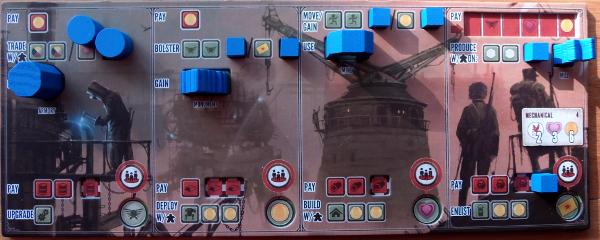
The game is quite challenging with two players, however the more the players, the more the fun and reaches its peak with five players, which is the maximum. As most players go for the factory, in order to be rewarded with a factory card but also the bonus of controlling it at the end of the game, the antagonism becomes quite intense and careful planning is needed.
I spent many hours playing the solo variant, in order to assess it and write about it here. The “Automa” as your virtual opponent is named, is not an easy opponent at all, even in the easy level. This opponent doesn’t use a player mat, structures or resources and its moves are determined by an Automa deck of cards that are shuffled at the start of the game, creating a random series of actions. There are four levels of difficulty for the Automa player: easy, normal, hard and very hard. The behaviour of Automa is very logical and quite aggressive, in how it expands early, aims for the Factory and tries to constantly press you. You must be very careful with your moves when playing with the virtual opponent because time is valuable and mistakes are unforgiven. I found the experience of playing with the Automa most rewarding and challenging and I’m always looking forward to have another play in order to beat the next level of difficulty. For those seeking an extra challenge, you can buy more Automa decks here, so as to play with multiple virtual opponents.
To sum things up, Scythe’s gameplay is one of its strongest points. 9/10
Learning Curve:
Scythe is a game that needs a little commitment in reading the 24-page manual which, by the way, is one of the most well written I’ve seen, featuring many examples, great artwork, and having a layout that explains every aspect of the game in the correct order. The first time you play, you will probably have to go back to the rulebook, to remember a few details but there is also a quick reference guide with the most important gameplay rules that will save you a lot of time. What you do in your turn is quite straightforward as all you have to do is just an action selection but the tits and bits of movement and combat for example will need a few turns to be fully understood. After a couple of games, no rulebook or guide will be needed. The learning curve for Scythe is what it should be for a game of its category. 7/10
Theme:
Scythe has an interesting and well thought background story, which although not extensively described in the rulebook gets is your mind and stays there as it is very well supported by the following aspects of the game:
- great artwork. As they say, a picture is worth a thousand words and that is so true in Jakub Rozalski’s amazing images.
- background stories of the characters
- beautifully designed map
- stories told through encounters. Each time I play the game I find myself going after encounters early on, not only to grab the benefits but also to get immersed in the game’s world, fragments of which we get to see through encounters with the area’s inhabitants and passers-by. Through the players’ respond to each encounter, they also get to build their own game persona, who either tries to be popular with good deeds, just want to grab the benefits even if they hurt people or lie somewhere in between.
Through all the above, the game succeeds in achieving a tight connection between players and the theme throughout the game. 8/10
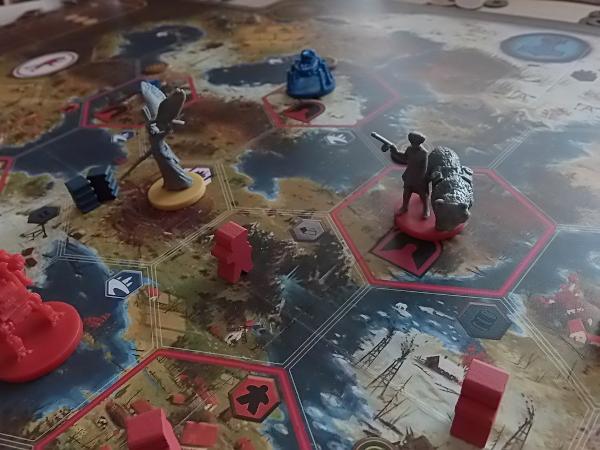
Replayability:
An aspect of the game that I really appreciate is versatility and variety. Players are presented with nine different ways to earn stars and, from these, they must focus on just six. That means that they can adjust their play style, according to personal preferences although they must also take into account, their starting position on the map, available resources, the distance from other players but also the combinations of actions on their player mat as well as objective cards. The possible combinations between all the above factors, create an endless pool of different strategies to follow and ensure that no game will be the same as another.
The capability of playing solo and the challenge the Automa player presents gives also a great boost to replayability. Moreover, in the solo play rulebook, you can find many ways to change the Automa player’s behaviour, so that it meets your needs, i.e. make it easier or harder to beat.
An expansion of the game “Invaders from afar” is already printed, introducing two new factions, along with two new player mats, allowing more players to join in (up to 7). More expansions are about to follow, boosting the game’s replayability even more. 8/10
Fun:
Players that value a good strategy game, are sure going to have fun playing Scythe. I am certainly having a good time each time I play, as this a game that never lets you get bored. The game’s pace is rather fast due to the fact that there is only one or two actions for each player to perform and a player’s turn can even begin as the previous player starts his second action. Moreover, waiting for your turn to come, you have plenty of time to plan your next action. Although having to make hard decisions on which stars to go for, and what priorities should be, this kind of analytical thought is considered fun for me. Of course different people will have different opinions on how fun is defined in games but I am really talking about myself now. 8/10
Final Verdict:
It’s not about war and it’s not about farming. It isn’t about resource management or area control either. Scythe is a wonderful mix of all the above that we haven’t yet seen in another game and because originality is what we seek nowadays in a board game, Scythe hits the nail on the head. Its gameplay has the unique combination of being simple yet multi-layered and always presents hard choices on how to achieve your goals. A big advantage of the game is the variability it offers on how to earn stars and win the game, allowing each player to tailor his strategy according to his personal style. Exploration and territory control are main aspects of the game but there is also resource management and some combat, so there is something for all here. The game’s components and artwork are of superb quality, boosting the overall feel of the game. The big gameboard is food for the eye, featuring great art and big territory hexes, able to accommodate a large number of units and resources. Through stunning images and unique storytelling in which every player becomes a part, Scythe also succeeds in being immersive. If you are a serious gamer, don’t miss out on this. If you aren’t, maybe it’s time to go one step further and become one.
Recommended for: strategy game lovers
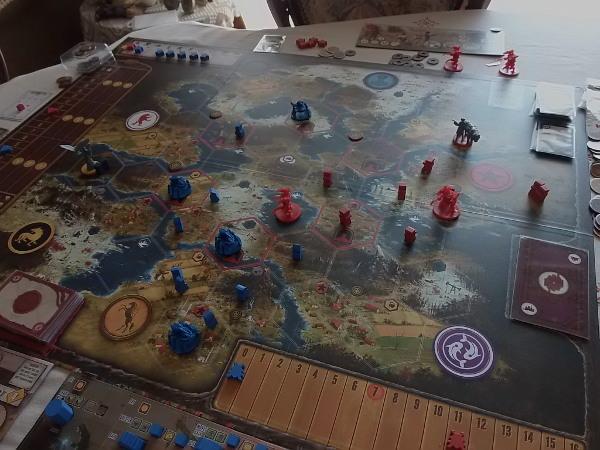
If you have kids and would like to introduce them to board games, you can also try “My Little Scythe”, the kids-friendly version of Scythe. Learn more about it here.
If you like this game, you can buy it from the link below :
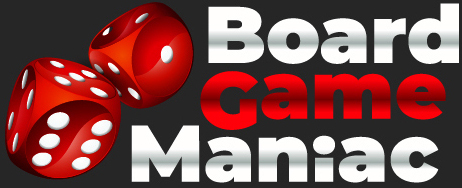
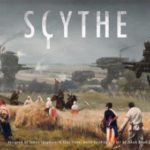
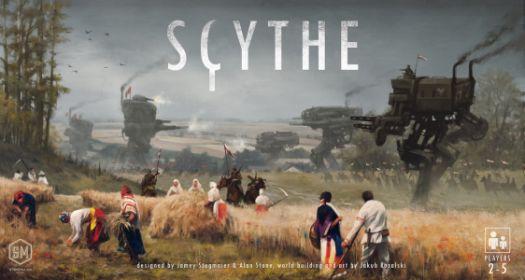
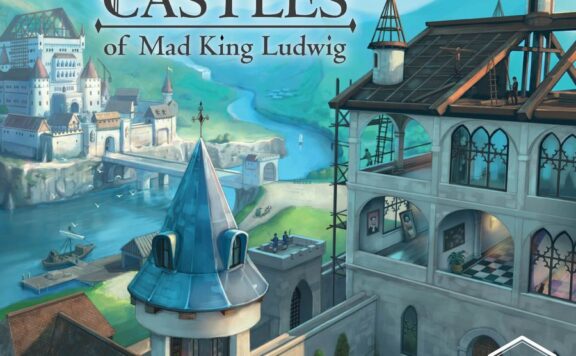
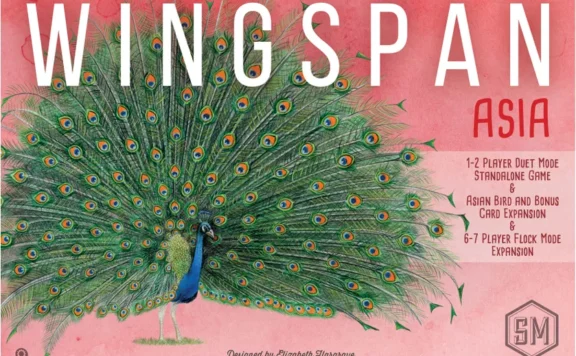
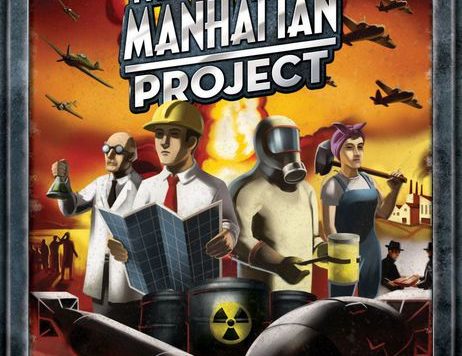

google reklam
You are producing very good content. You should continue to write new articles. You are creating truly successful work. We wish you to be more successful in jobs such as web tasarim and google reklam